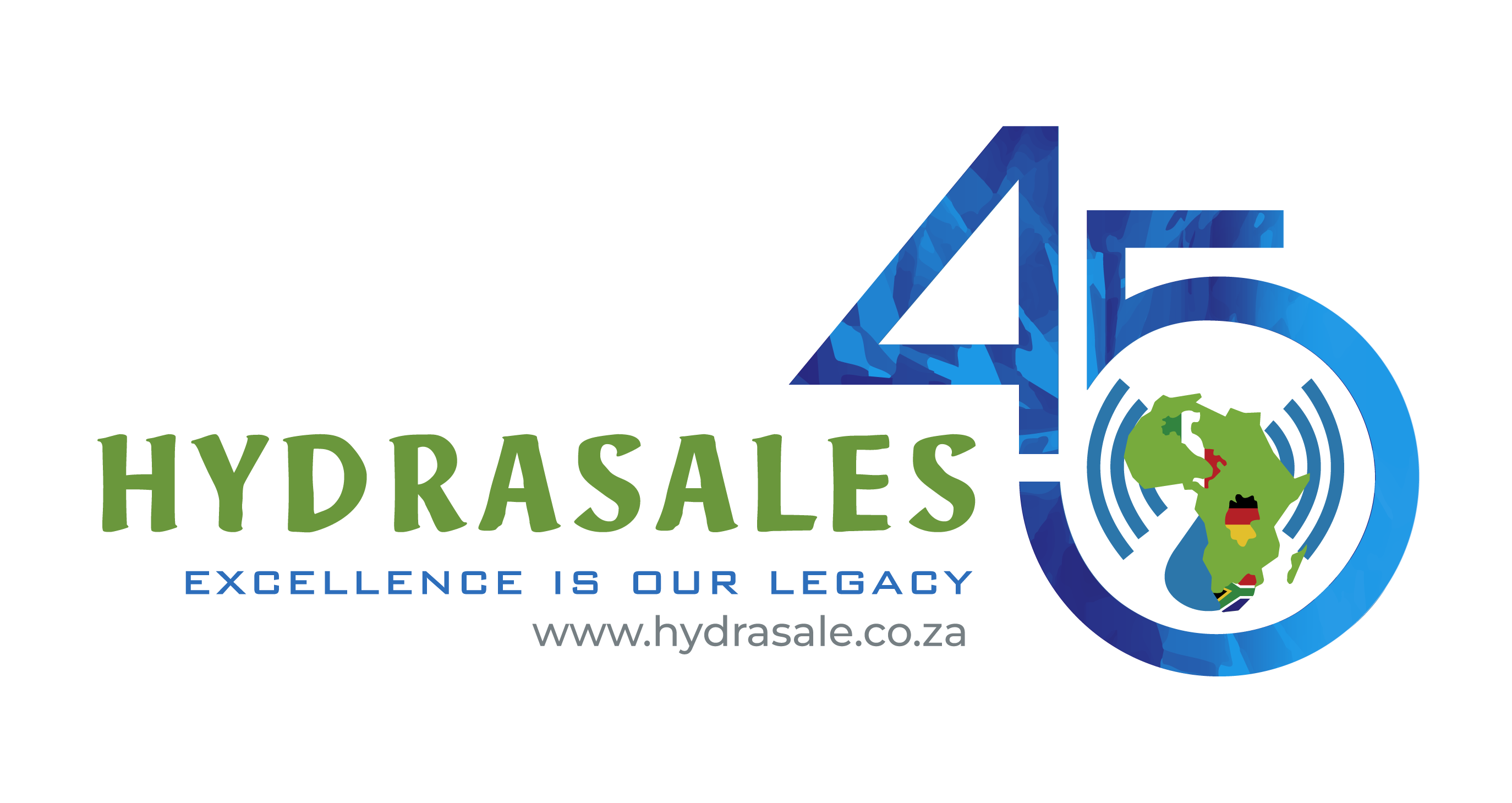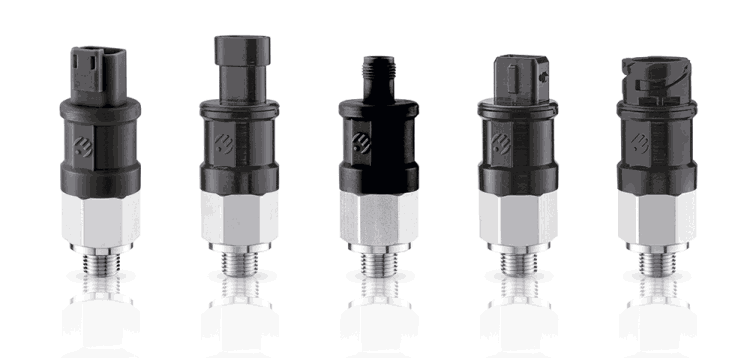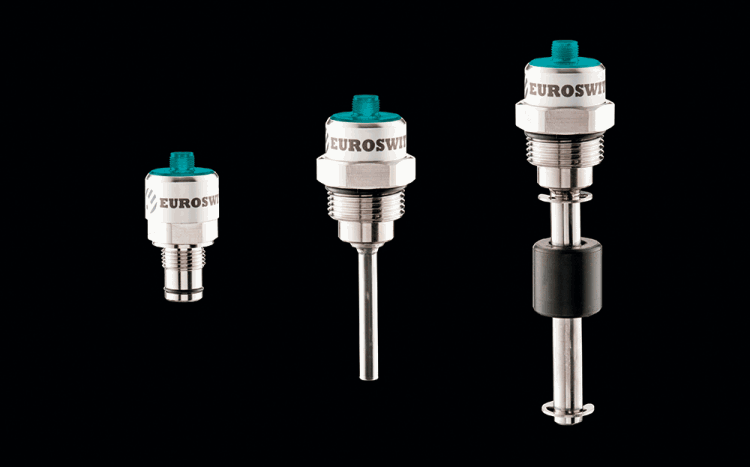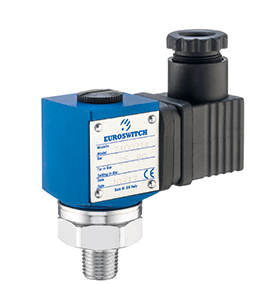
Daily checks of hydraulic systems, or checks at the time of employee shift changes, are good practices that should be part of the analyses a system engineer has to adopt as part of a successful maintenance programme. However, monitoring a system in real-time, or simply alerting an operator that system conditions have changed or are below required specification, can mean the difference between a simple fluid top-up or catastrophic starving of the pump and pump failure. Basic checks should cover fluid levels, operating pressures, system temperatures, levels of fluid cleanliness, flow rates and the effectiveness of filtration in keeping oil clean.
Hydrasales is an established Africa agent for several brands specialising in filtration, accessories, contamination and flow monitoring products. Euroswitch is an established brand that has been actively providing solutions since 1978 and invests in improving its range of electronic control and regulation products. Its focus is on developing and innovating solutions for level, pressure and temperature control, including differential indicators to detect filter clogging and required filter replacement.
Switch and sensor basics
Throughout the Euroswitch range, products within each category are manufactured as a simple switch or sensor. Switches are available as NO (normally open) or NC (normally closed) – this simply means it will either open or close an electrical circuit. Also available are SPDT (single-pole double-throw) switches that allow for NO, NC, or both. This makes the range very versatile and suited to most electrical circuits. A simple application of a switch like this can either stop a machine or alert the operator to a fault in the system, such as low fluid levels or excessive system temperatures.
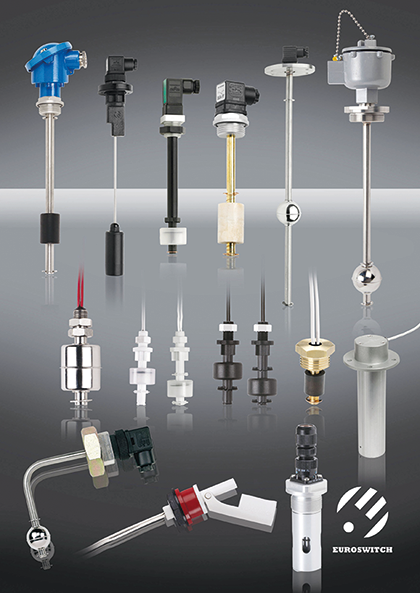
Cheryl Johnson of Hydrasales says “It is all about their investment in research and development. Many leading manufacturers task their highly experienced team to conceptualise solutions and help minimise and manage system failures.” Euroswitch implements management systems that are certified to UNI EN ISO 9001:2015 for quality, to UNI EN ISO 14001:2015 for environmental protection and management certification for health and safety at work (UNI EN 45001:2018).
Sensors allow for monitoring via a transmitter, transducer or resistive sensor. This will enable the operator or maintenance team to receive live readings of temperature, level or pressure, whether it be on a display at the operator’s station or linked to industrial network. Sensors are necessary to supply the required information in an automated operation and system engineers should adopt and implement such protective measures.
Is it cost-effective and important as a preventive measure?
Some may think that the inclusion of sensors or switches is costly and complicated. It is not!
Using an example of a simple low fluid level switch, it is relatively inexpensive at R1200 to R1500. This can save thousands of Rands in maintenance. A low-level indicator is recommended and can be included into the hydraulic tank and linked to the electrical circuit. Typically, it will prevent system start-up if a low fluid level is measured or reached. This is a very basic yet crucial requirement of a hard-working system. Low levels of fluid can easily heat a system, or worse, starve a pump. It has to be noted that hydraulic pumps can easily be one of the costliest components of an hydraulic circuit, where the lack of sufficient oil can cause irreparable damage within a short period of time.
Pressure switches and their industry applications
Obtaining required pressures or ensuring the system is operating at the maximum pressure levels without exceeding them can mean the difference to the successful operation of an hydraulic system. However, pressure switches and transducers are used in various industries and applications:
• In HVAC, gas cylinders and air pumps, they monitor and control the system’s air pressure.

• Oil pressure switches are used by engines as an actuator or sensor to determine when the engine’s oil pressure has dropped below the pre-set level.
• Furnace pressure switches act as safety devices for industrial as well as residential purposes.
• Borehole and water pump pressure switches are used in residential and commercial buildings for maintaining sufficient water supply.
• Vacuum pressure switches measure vacuum or negative pressure in the system. They are found in residential boilers, electric heaters, air compressors and transmission systems.
How hot is too hot?
Heat plays an equally important role in a lubricated system. When temperature increases, the lubricant becomes thinner and the viscosity becomes lower. Inversely, as the temperature decreases, the lubricant thickens and viscosity increases, making it more difficult to pour or pump.
A system may need heating or cooling to achieve the desired stable and suitable temperatures. In the case of excessive heat, this can cause over-thinning of oil which will result in surface-on-surface wear. Without the correct viscosity this increased wear rate will result in reduced lifespan or component failure.
A simple application would be the addition of a thermostat to an air blast cooler. When the desired preset temperature is reached, the cooler will receive a signal to start and then another to switch off when below the suitable temperature limit, achieving effective and efficient cooling.
Outside of hydraulic systems there is a wide range of industries and applications requiring heat control and monitoring. They are further utilised for temperature control in radiators, heat exchangers, lubrication systems, automotive, refrigeration and heating systems, coffee-making machines, automatic beverage vending machines and electric household appliances.
https://www.motioncontrol.co.za/default.aspx?pklissueid=1390
